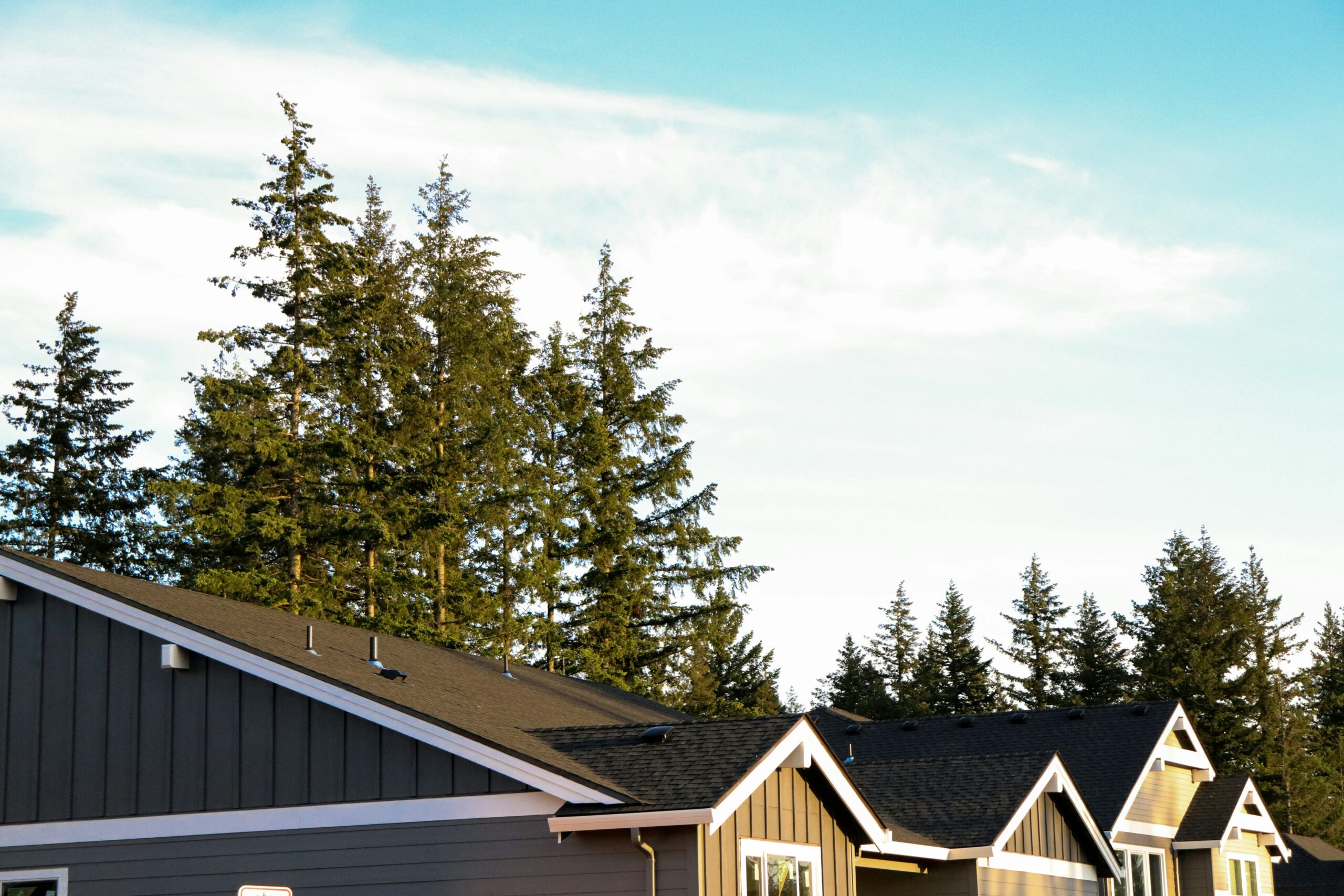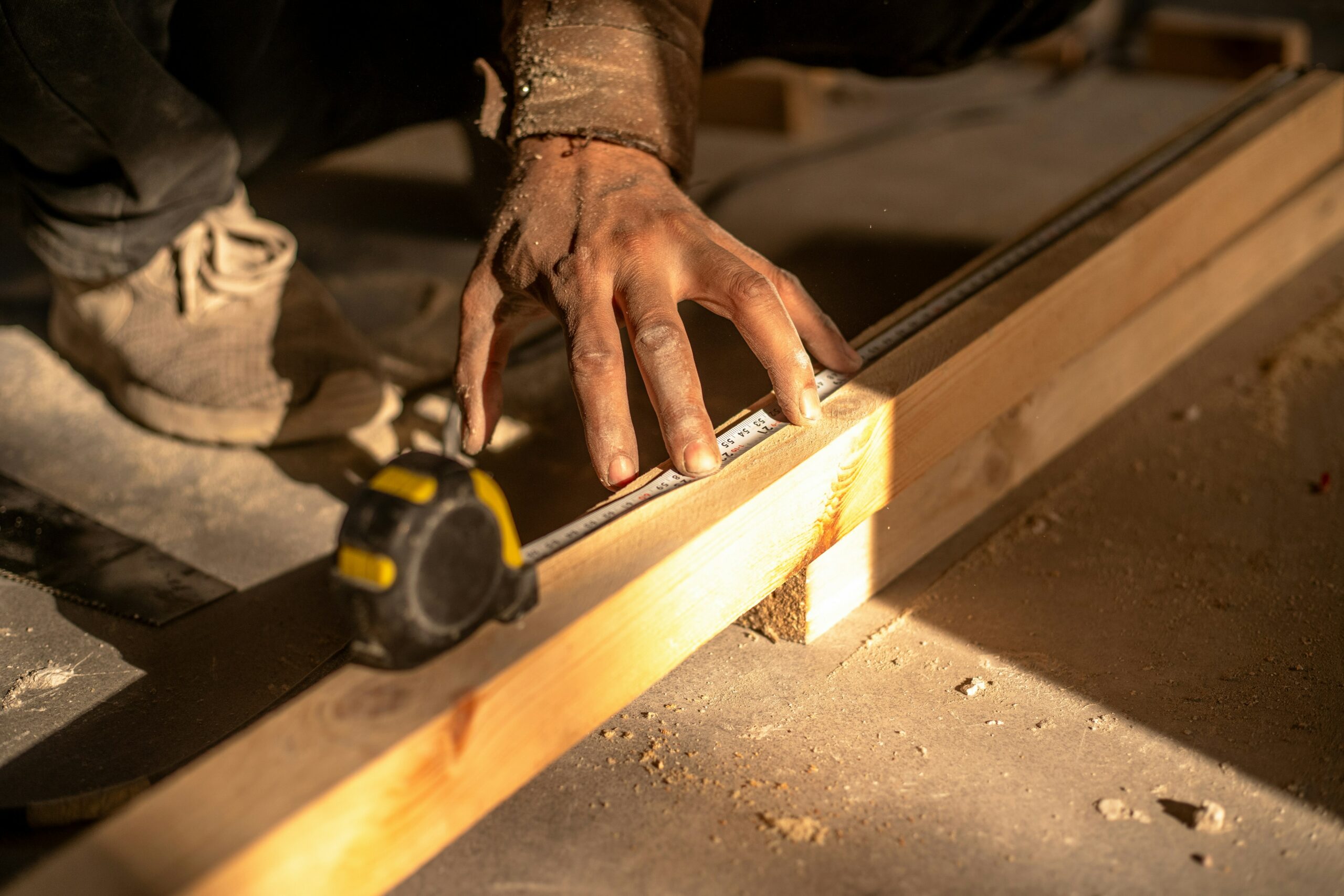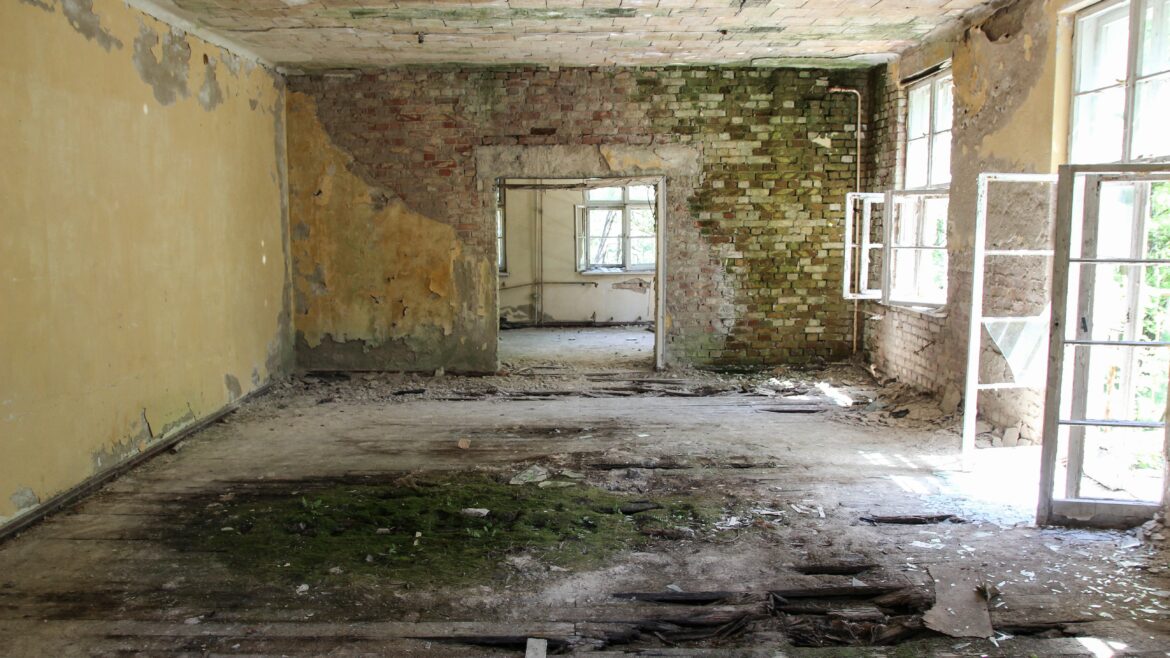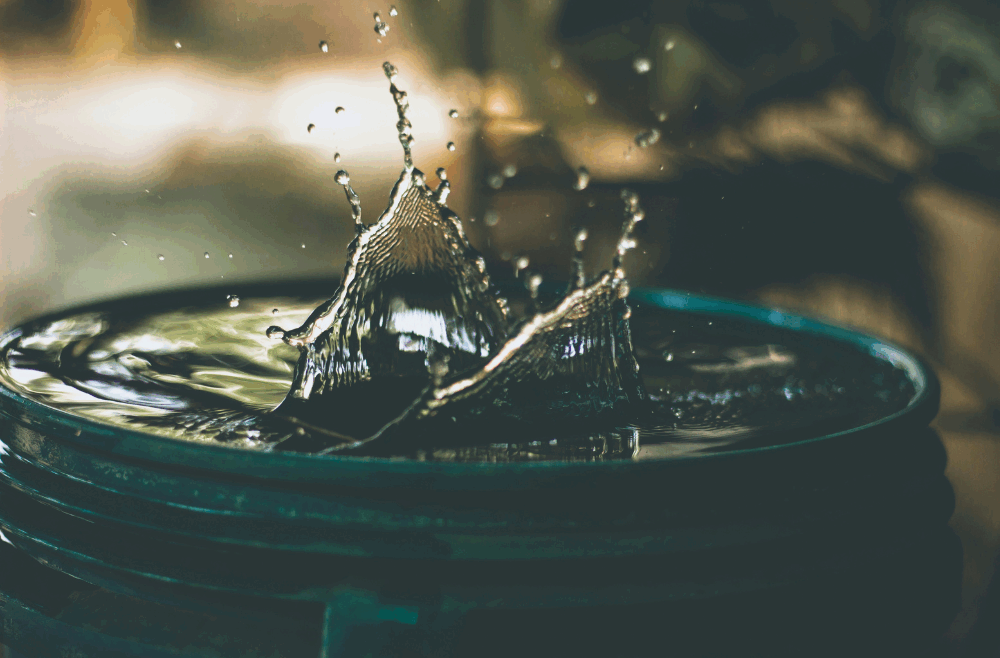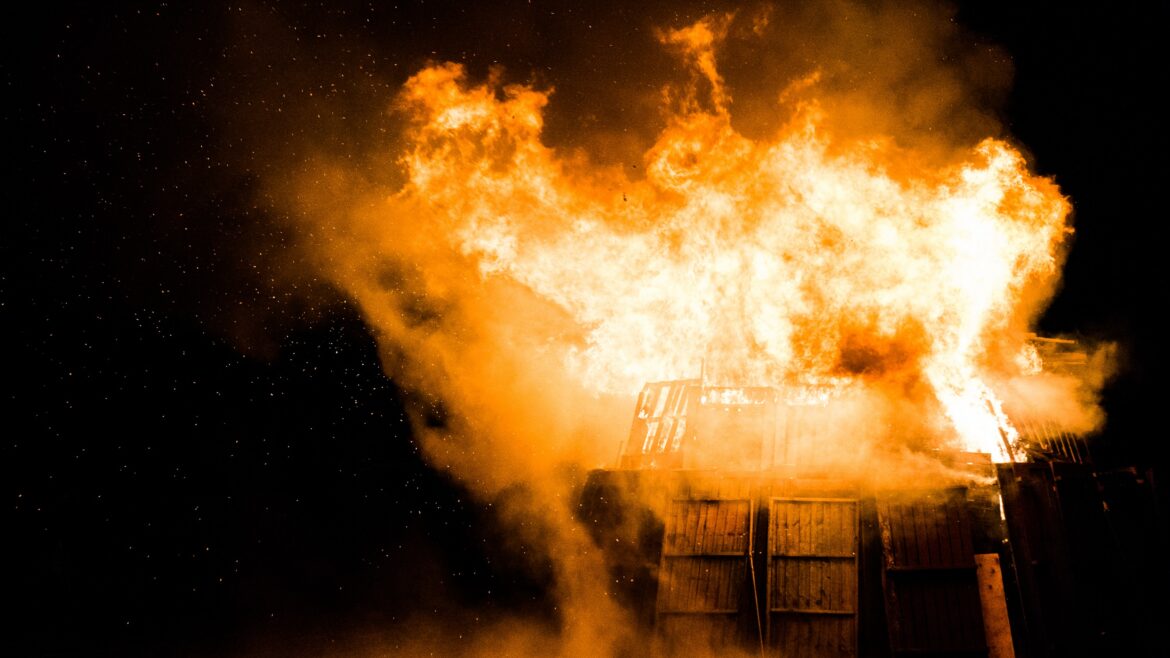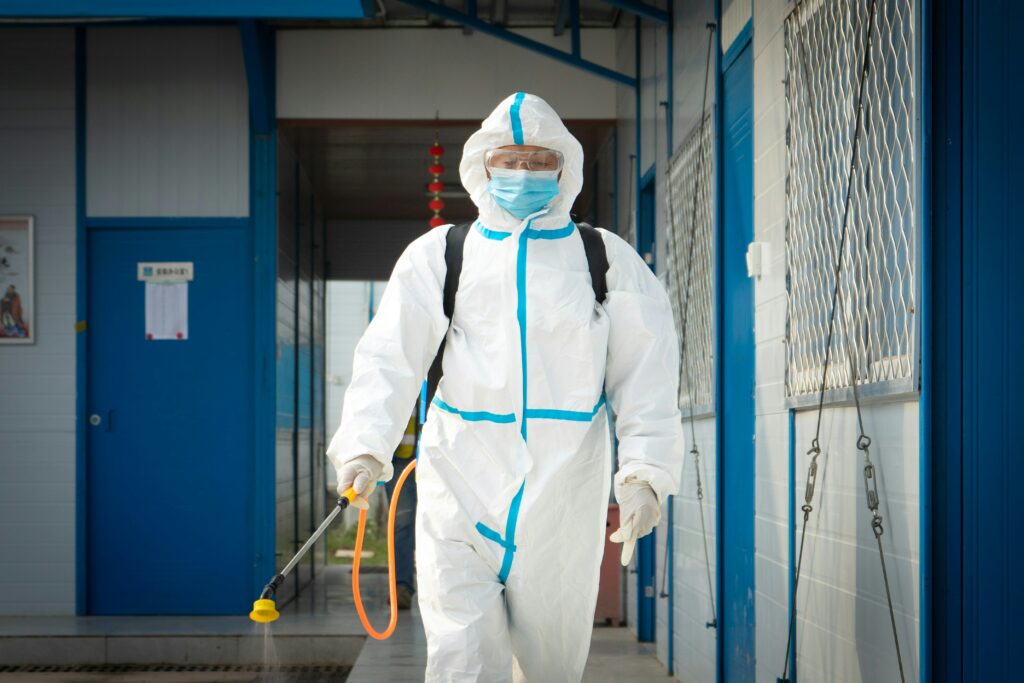ADU Builders Salem: What You Need to Ask & How Much It Costs
Why More Salem Homeowners Are Building ADUs
Accessory dwelling units (ADUs) are one of the fastest-growing home improvement projects in Salem. With rising housing costs, multigenerational living, and strong rental demand, many homeowners are choosing to add an ADU rather than move.
In Salem, an ADU can take several forms:
- Detached ADU: A small home in the backyard
- Attached ADU: Built onto the side of your main house.
- Garage Conversion ADU: Converting existing garage space into living space.
- Basement ADU: Finishing and legalizing a basement into a rentable apartment.
ADUs increase flexibility, create opportunities for rental income, and add long-term value to your property. But choosing the right ADU builder in Salem makes all the difference between a smooth process and a frustrating, expensive one.
What to Look for in an ADU Contractor in Salem
Not all contractors specialize in ADUs. Because these projects require navigating local zoning rules, Salem permits, and complex construction requirements, you’ll want a builder who has hands-on experience with Salem’s regulations.
Experience With Local Permits & Zoning
The City of Salem allows ADUs citywide, but with clear guidelines on size, setbacks, and height. For example:
- Maximum size is typically 800 square feet or 75% of the primary dwelling, whichever is less.
- An ADU must meet fire safety and egress codes.
- Separate utility connections may be required depending on the design.
An experienced Salem ADU builder will know how to prepare the right documents, pull permits, and coordinate inspections with the City of Salem’s Building and Safety Division.
Design + Build vs Separate Teams
Some homeowners hire an architect for design, then a contractor for construction. This can work, but it often leads to budget overruns and communication breakdowns.
A design-build contractor like Liberty Homes streamlines the process by handling both design and construction in-house. That means:
- Your budget and design are aligned from day one.
- Fewer delays waiting for separate teams to coordinate.
- One point of contact for the entire project.
Communication & Project Management
ADUs involve multiple phases: design, permitting, site work, construction, inspections, and finishes. A trustworthy builder will:
- Provide a detailed scope of work and an itemized estimate.
- Keep you updated with timelines and milestones.
- Offer clear change-order policies if surprises come up.
Ask each contractor how they manage communication. Will you get weekly updates? A dedicated project manager? This matters as much as craftsmanship.
How Much Does It Cost to Build an ADU in Salem, Oregon?
ADU costs in Salem vary depending on whether you’re converting existing space or building new. On average, most projects fall between $100,000 and $320,000+, depending on size, finishes, and site conditions.
- Garage Conversion ADU: $100,000 – $200,000+
- The least expensive option since you’re using an existing structure, but still requires upgrades like insulation, plumbing, and electrical.
- Typical range: $150–$250 per square foot.
- Attached ADU / Addition-Style: $140,000 – $240,000+
- Built onto your existing home, often sharing walls, rooflines, or systems.
- Costs increase if structural changes are required.
- Detached / New Build ADU: $180,000 – $320,000+
- Functions like a small home with its own foundation, utilities, and mechanical systems.
- Highest cost but also the most flexibility for rental income and resale value.
Key ADU Building Cost Drivers
- Permits & Fees: Building permits, impact fees, and utility connection charges can add significantly to the total cost.
- Utility Connections: Extending sewer, water, and electrical service can add $10,000–$30,000 or more, depending on distance.
- Site Conditions: Grading, excavation, or tight access lots often increase costs.
- Finishes & Materials: Stock finishes keep costs at the low end; custom cabinetry, quartz countertops, or hardwood floors push costs higher.
ADU ROI: Rental Income & Resale Value
An ADU isn’t just additional space; it’s an investment.
- Rental Income: In Salem, a detached ADU can generate $1,200–$1,800 per month in rental income depending on location and finishes. That means a detached ADU can begin offsetting its build cost within 10–15 years.
- Resale Value: Homes with ADUs appraise higher, especially with Salem’s limited housing stock. Buyers value the flexibility of rental income or multigenerational living.
- Lifestyle Flexibility: Whether you use it for parents, adult children, or guests, an ADU adapts to changing life stages.
For homeowners looking to maximize ROI, pairing an ADU with energy-efficient upgrades and durable materials creates long-term value.
Questions to Ask Before Hiring an ADU Contractor
When interviewing Salem ADU builders, ask:
- How many ADUs have you built in Salem in the past year?
- Do you handle both design and construction in-house?
- What is your average project timeline for an ADU?
- Can you provide a detailed, itemized estimate?
- Who manages permits and inspections?
- What warranties do you offer on workmanship and materials?
Contractors who can confidently answer these questions demonstrate transparency and expertise.
Next Steps: Schedule Your Salem ADU Consultation
Building an ADU in Salem is one of the smartest ways to add flexibility, income potential, and value to your home, but only if it’s done right.
At Liberty Homes, we specialize in design-build ADUs that are tailored to your property, budget, and goals. From handling permits with the City of Salem to coordinating every stage of construction, we simplify the process so you can enjoy the results.
Contact us today to schedule a free consultation and get a side-by-side estimate for your ADU project.
Salem ADU Building: Frequently Asked Questions
How much does an ADU cost in Salem, Oregon?
Most ADUs in Salem range from $100,000 to $320,000+, depending on whether it’s a conversion or new construction. Detached ADUs are typically the most expensive.
What permits are required to build an ADU in Salem?
You’ll need building, plumbing, mechanical, and electrical permits from the City of Salem. Zoning compliance is also reviewed. A professional ADU builder will manage this process.
Is an ADU a good investment in Oregon?
Yes, ADUs in Salem can provide steady rental income, boost resale value, and offer flexible living options. With strong housing demand, ADUs are one of the best property investments Oregon homeowners can make.



